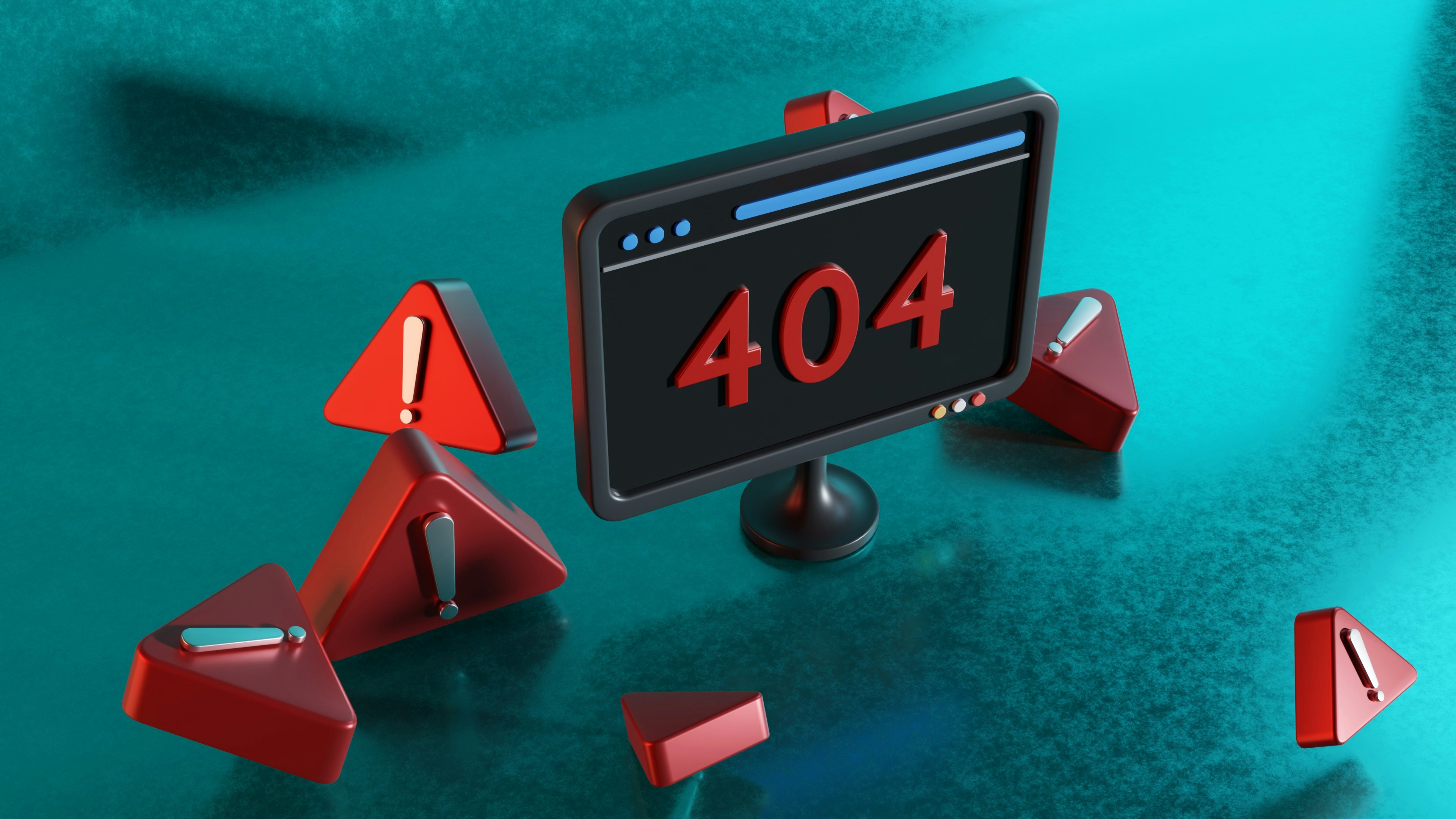
Introduction to the Change
After four decades of presence in the Windows operating system, Microsoft has decided to retire the infamous Blue Screen of Death (BSOD). This longstanding error message has become synonymous with Windows errors, often instilling dread in users. But, as technology evolves, so too do the solutions that Microsoft provides. The Blue Screen of Death is being replaced with a new error screen—aptly titled the Black Screen of Death (BSOD), aiming to improve user experience and align with the design ideals of Windows 11.
What to Expect with the Black Screen of Death
The transition from the traditional blue screen to a black screen error message signifies more than just a color shift. The Black Screen of Death is designed to provide users with clearer and more comprehensive information about the errors that occur in the operating system. Instead of merely displaying error codes that are often cryptic to the average user, the new screen aims to articulate the problem in a way that can guide users on their next steps. This modernization is a welcome change for many, as it aligns with the sleek and refined UI of Windows 11.
The Rationale Behind the Update
Microsoft’s decision to replace the Blue Screen of Death reflects the company’s commitment to improving overall user experience. The design principles driving Windows 11 emphasize clarity, usability, and aesthetic appeal. By implementing a Black Screen of Death, users can gather more context about critical system errors, which helps in troubleshooting effectively. This improvement demonstrates Microsoft’s adaptability in meeting user expectations in a rapidly evolving digital landscape.
Discover more from Techtales
Subscribe to get the latest posts sent to your email.